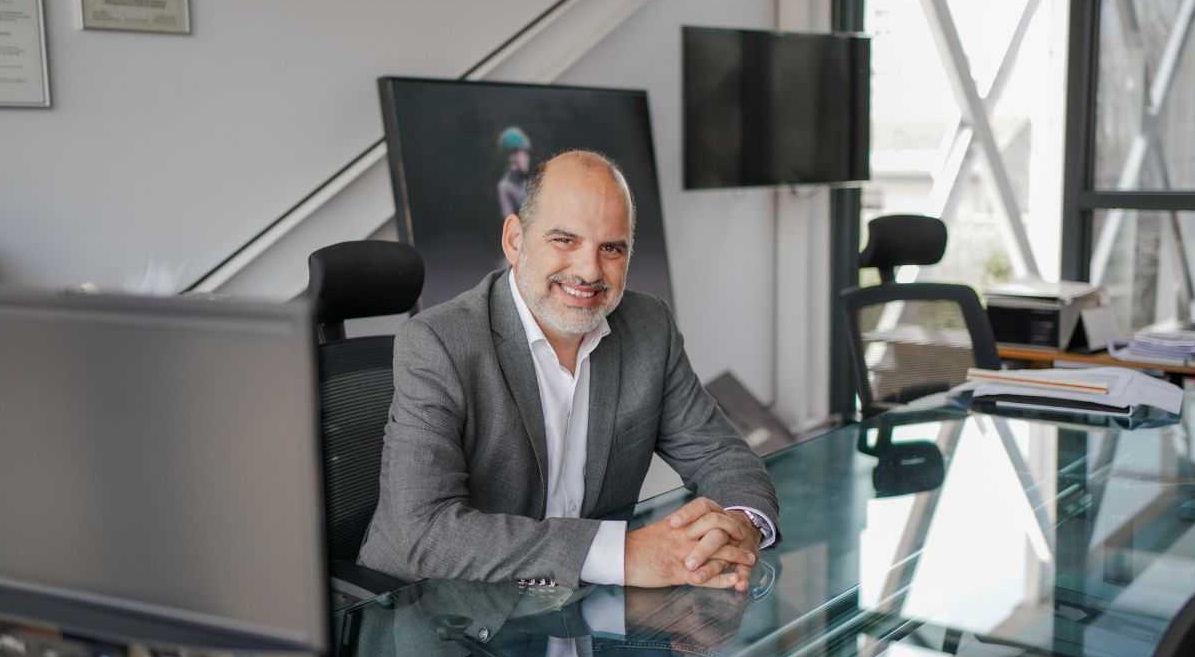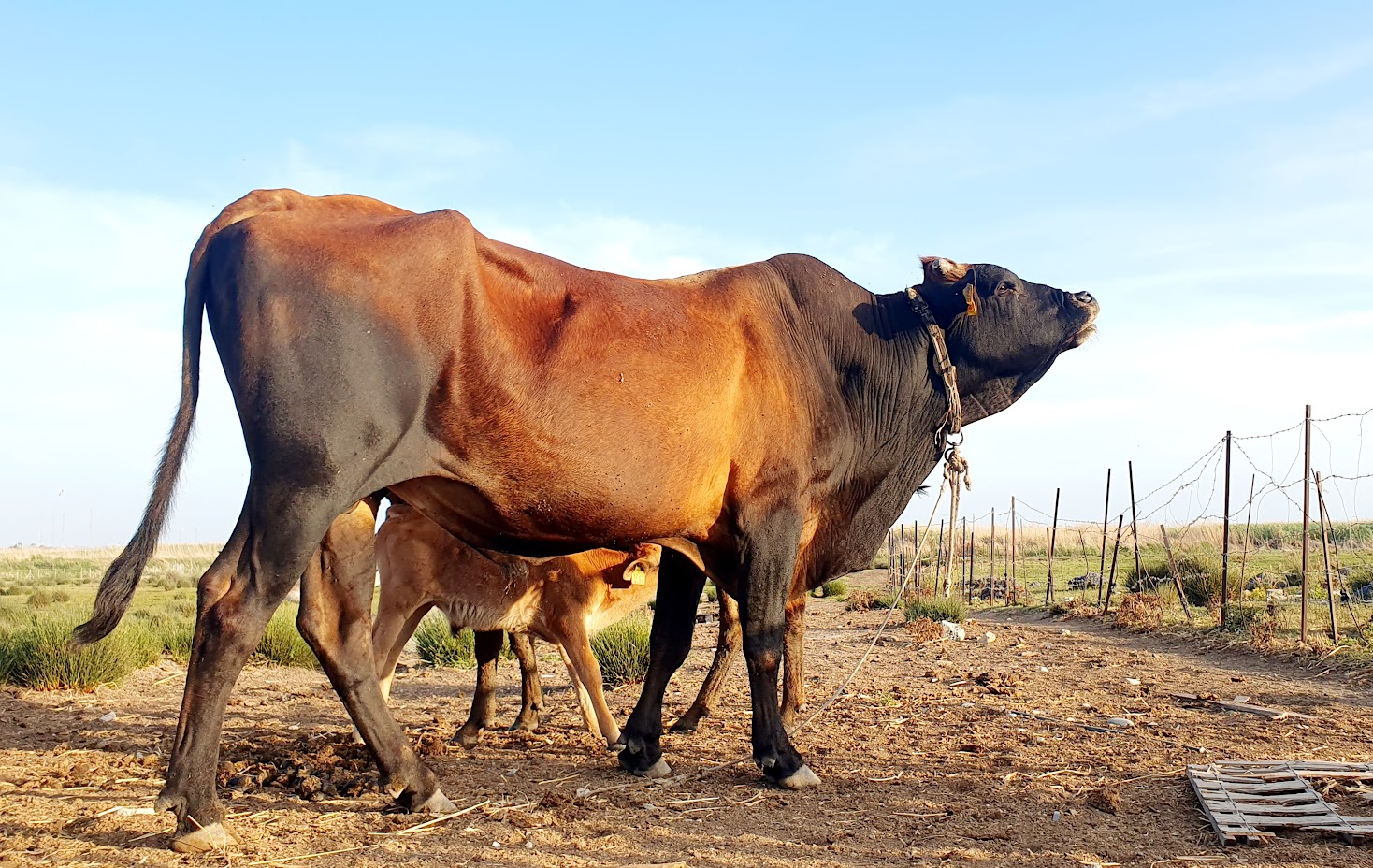There will be “no risk” of there being any water cuts in Cyprus this summer, with the delivery of mobile desalination units from the United Arab Emirates having put paid to any such risk, government spokesman Konstantinos Letymbiotis said on Thursday.
“Units with a capacity of 15,000 cubic metres per day, corresponding to our needs, will arrive in time, so that the Republic of Cyprus is not at risk of water cuts,” he said, adding that the units will arrive in Cyprus “in a timely manner”.
He said the agriculture ministry is “evaluating the issue” of where the units will be placed, while also “progressing with plans” for a more permanent solution to be found to Cyprus’ water shortages.
He added that at present, around 30 per cent of the agriculture ministry’s budget is spent on dealing with the issue of water supply, with the government having in recent years initiated “national action plans”, set to run until 2030, to deal with the matter.
President Nikos Christodoulides had announced the units’ arrival on Wednesday night during an interview with television channel Ant1, adding that they will be provided “free of charge”.
This, he said, “underlines the importance of relations in the context of the country’s foreign policy, and in matters of internal policy”.
He said he had submitted a request to the UAE, and that the country’s President Mohamed bin Zayed Al Nahyan had personally decided that it be provided free of charge, “within the context of the excellent political relations we have”.
Additionally, he said, the unit will be provided “immediately, to cover the country’s water needs for 2025”.
Later in the day, Foreign Minister Constantinos Kombos specified that Cyprus will receive 15 mobile desalination units from the UAE.
Kombos, who said he had held the relevant contacts with the Persian Gulf nation, added that the units would be arriving in late May to early June.
No monetary compensation would be required.
Earlier, Agriculture Minister Maria Panayiotou said the unit or units would be capable of producing around 15,000 cubic metres of water per day – the same amount produced by the plant located between the Paphos district villages of Mandria and Kouklia which burnt down in December.
“Essentially, this is our planning, so that by the end of August, when the unit in Paphos will be operational, neither the Paphos nor the Limassol districts will be left without water. With this development, we are significantly reducing the risk of cuts,” she said.
Asked where the units may be installed, she said there are “various locations” which are possible, and that the water development department is currently conducting on-site inspections.
“Today, already, there are operators in the field. We will announce the final locations in the near future, because we are waiting for details. However, Limassol and Paphos have the greatest need, and priority is being given to them,” she said.
She also appealed to the public to use water sparingly, saying that “the desalination units will cover our drinking water needs, that humans need, and not the footpaths”.
The provision of the unit comes as Cyprus’ domestic water supply creaks under the strain of unusually low rainfall levels and increased consumption.
At the last count on Wednesday, the island’s reservoirs were just 23.5 per cent full.
In total, there are 68.3 million cubic metres of water in Cyprus’ reservoirs at present, which is a little over half the figure recorded this time last year, when there were 132.6 million cubic metres of water in the reservoirs, meaning they were 45.6 per cent full at the time.
Broken down by area, those linked to the southern conveyor are now just 23.3 per cent full, compared to a figure of 41.5 per cent recorded a year ago.
Reservoirs in the Paphos district are just 23.5 per cent full, having been 53.5 per cent full a year ago, with the Mavrokolympos reservoir having been completely emptied earlier this year due to a corroded vent in the dam.
Reservoirs near Polis Chrysochous are currently 25.5 per cent full, less than half the figure of 53.1 per cent recorded last year, while the starkest difference was recorded in the Nicosia district, where reservoirs are currently just 19.8 per cent full – a little over a third of last year’s figure of 52.5 per cent.
In particular, the Vyzakia reservoir in the Nicosia district has just 48,000 cubic metres of water in it and is as such just 2.8 per cent full. This time a year ago, it held almost 13 times more water.
Farmers have described the water shortages as “tragic”, with union chairman Panicos Hambas warning earlier this month that if efforts are not made to ensure water security, “we will soon not be talking about food being expensive, but about food insecurity”.
He said many producers who sow hay for animal feed are “seeing their crops turn yellow before they have time to grow” and are as such forced to harvest their crops earlier than before, resulting in a “much lower” yield.
With this in mind, he said the government’s goal must be “to make farmers independent of weather conditions”, calling for more investment in the maintenance of reservoirs, while also calling for farmers to be prioritised when water is scarce.
“You cannot cut water off from farmers and give it to golf courses,” he said, adding that it should be mandatory for hotels to have their own desalination units.
Meanwhile, Turkish Cypriot Nicosia mayor Mehmet Harmanci had said plans were afoot to build two new reservoirs in Nicosia.
He said plans are being drawn up together with the European Union, and that there will be one reservoir in the north of Cyprus’ divided capital, and one in the south.
With this in mind, he said his Greek Cypriot counterpart Charalambos Prountzos is “also keen” on the idea, but that for the projects to go ahead, they must be signed off by President Nikos Christodoulides and Turkish Cypriot leader Ersin Tatar.
Elsewhere, Paphos district governor Charalambos Pittokopitis had said his district also needs two more reservoirs – one on the Diarizos river and one on the Ezousa river.







Click here to change your cookie preferences